Many have contributed to the development of hi-fi, and some have become justly famous for their discoveries. Where would we be without the likes of James Lansing (JBL), Peter Walker (Quad) and Mark Levinson?
One of the lesser-known hi-fi creators is German-born engineer Oskar Heil, who is best remembered by gray-headed hi-fi geeks. But had it not been for him, most hi-fi systems would have looked very different – and computers would not have been possible.
Air Motion Transformers are everywhere
The most famous of Oskar Heil’s inventions is the so-called Air Motion Transformer. The cryptic name refers to a special type of ribbon tweeter that, instead of pushing the air, actually squeezes the air molecules forward. The AMT principle was developed as far back as 1964 and for many years was a niche phenomenon. Today, however, it is the basis for a very large proportion of the ribbon tweeters used in speakers at the more prestigious end of the market.
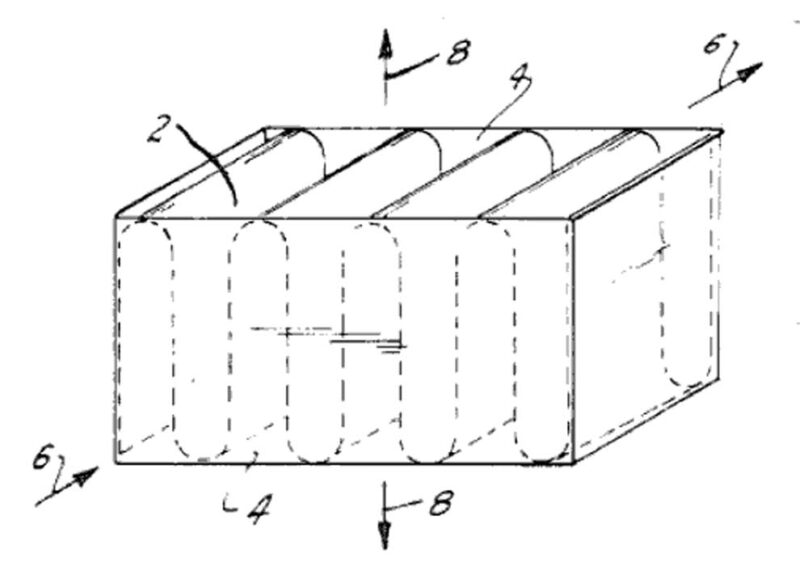
In a traditional ribbon tweeter, a conductive foil tape is stretched between two powerful magnets. When a signal travels through the tape, it moves forward, like the voice coil in a loudspeaker. But because the ribbon is very light (a few milligrams), it can move very quickly and provide good impulse response.
The disadvantage of a ribbon tweeter is that the efficiency is low, and since the resistance of the ribbon is often low, a transformer is also required to bring the impedance up to a value that an amplifier can handle.
Harmonic diaphragm squeezes the air out
Heil’s Air Motion Tranformer uses a much larger band folded like an accordion. And instead of moving back and forth like a regular speaker element – or a traditional ribbon tweeter – the ribbon in an AMT element moves longitudinally. As the ribbon moves, the harmonica folds compress and the air in the folds is pushed forward.
The squeeze effect, combined with the much larger diaphragm area, makes the Air Motion Transformer far more efficient than a conventional ribbon tweeter. The folded diaphragm of the original Heil elements used by AMT was equal in size to the diaphragm of a 7-inch woofer.
In their 1970s ads, US speaker manufacturer ESS compared the process to squeezing a cherry stone between two fingers – rather than pushing it with a flat hand. The image may not hold in practice, as the speed of sound does not increase. But many AMT tweeters are more efficient than ordinary tape tweeters.
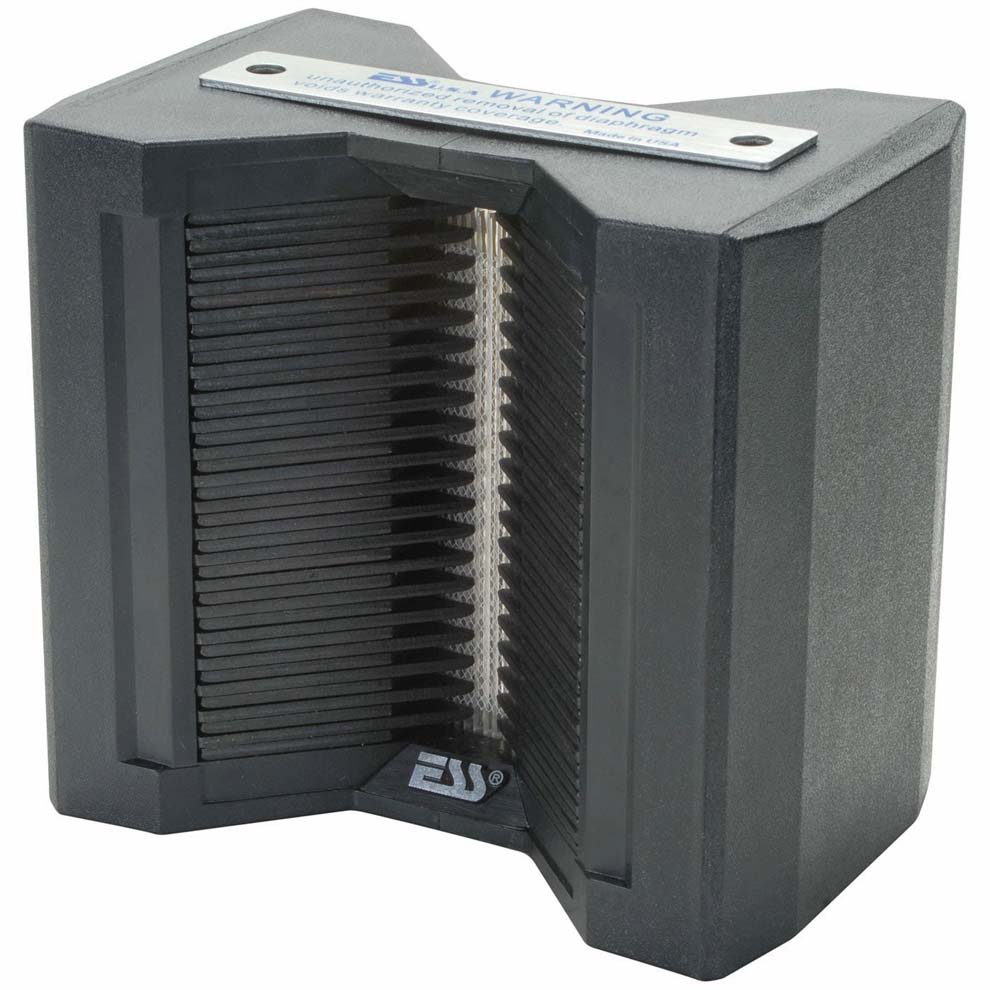
ESS
The AMT system was initially licensed to ESS, which has manufactured a range of loudspeakers based on the Heil-element since 1972. Most of them have been two-way systems with a large 12-inch woofer in a bass-reflex or slave system and a Heil-element on top, typically from 1.5 kHz.
The ESS AMT loudspeakers are still in demand, but they are also known for the difficulty of the two drivers to work together. A 12-inch woofer can move plenty of air in the lower octaves, but isn’t nearly fast enough to keep up with a lightning-fast tweeter. Even die-hard EMT fans acknowledge that the speakers suffer from a sagging frequency response.
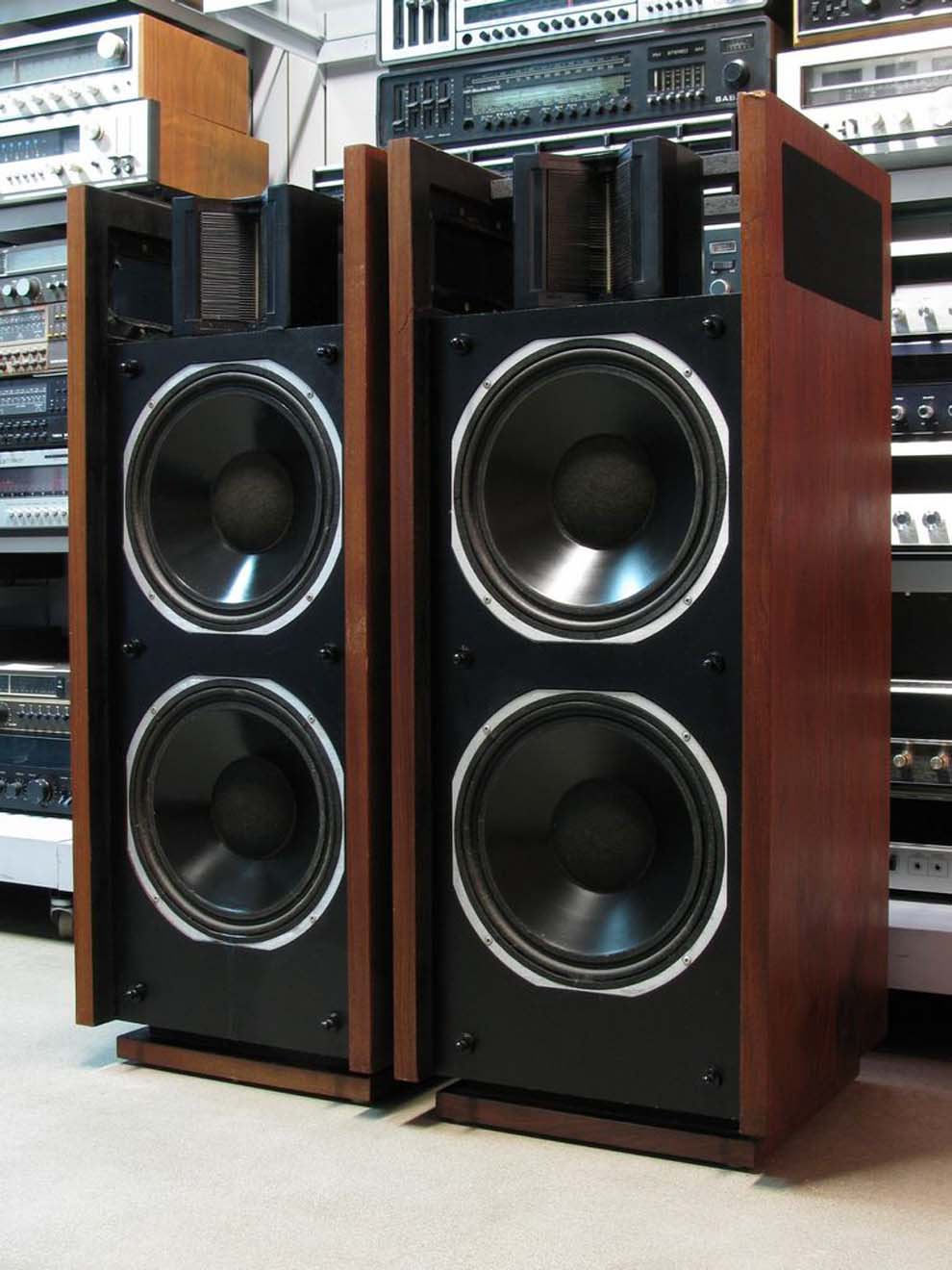
Full-range transformer was never a success
In 1977, Oskar Heil developed a loudspeaker that could keep up with the speed of the tweeter. The ESS Transar was a full-range version of the Air Motion Transformer. The element was constructed with an arrangement of diaphragms connected by tension rods, which mimicked the squeezing effect of the folded diaphragm in the AMT tweeter element.
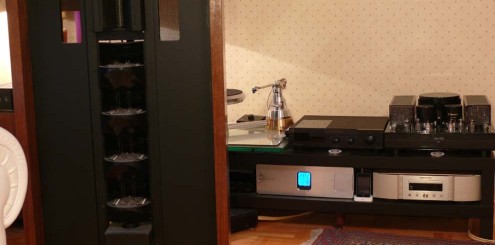
Those who have heard the system have been impressed. But interior design and wallet-friendly it was not. The two flat Air Motion Transformer main speakers were the size of doors, and an active subwoofer was added, as the full-range AMT elements were only used down to 90 Hz.
The idea was later taken up by Tymphany, which produced a range of cylindrical elements for subwoofer use based on Oskar Heil’s patent. However, Tymphany was not successful with the system either, and today the LAT, as it was called, is all but forgotten. Even in Tymphany’s archives it is not possible to find any information about the element.
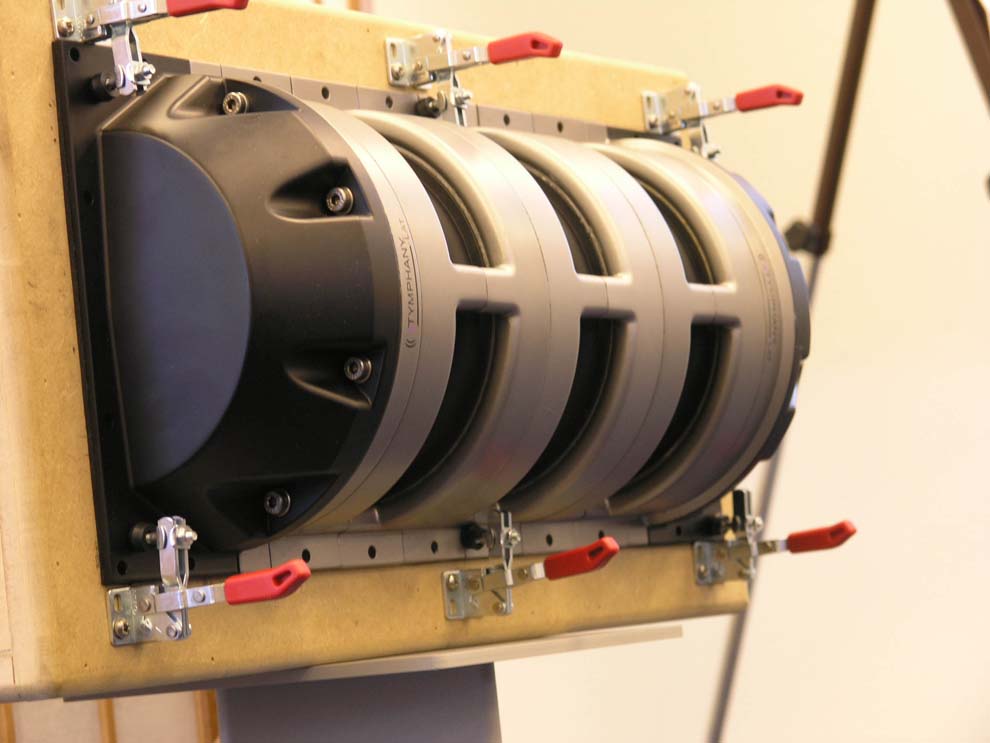
The AMT tweeter is used everywhere
The tweeter, on the other hand, is more popular than ever. ELAC, Eton, ADAM, Dayton Audio, MartinLogan, Mundorf and others now make AMT elements based on Heil’s principle, and AMT elements are used in speakers across the price spectrum. In the high-end, they are the rule rather than the exception.
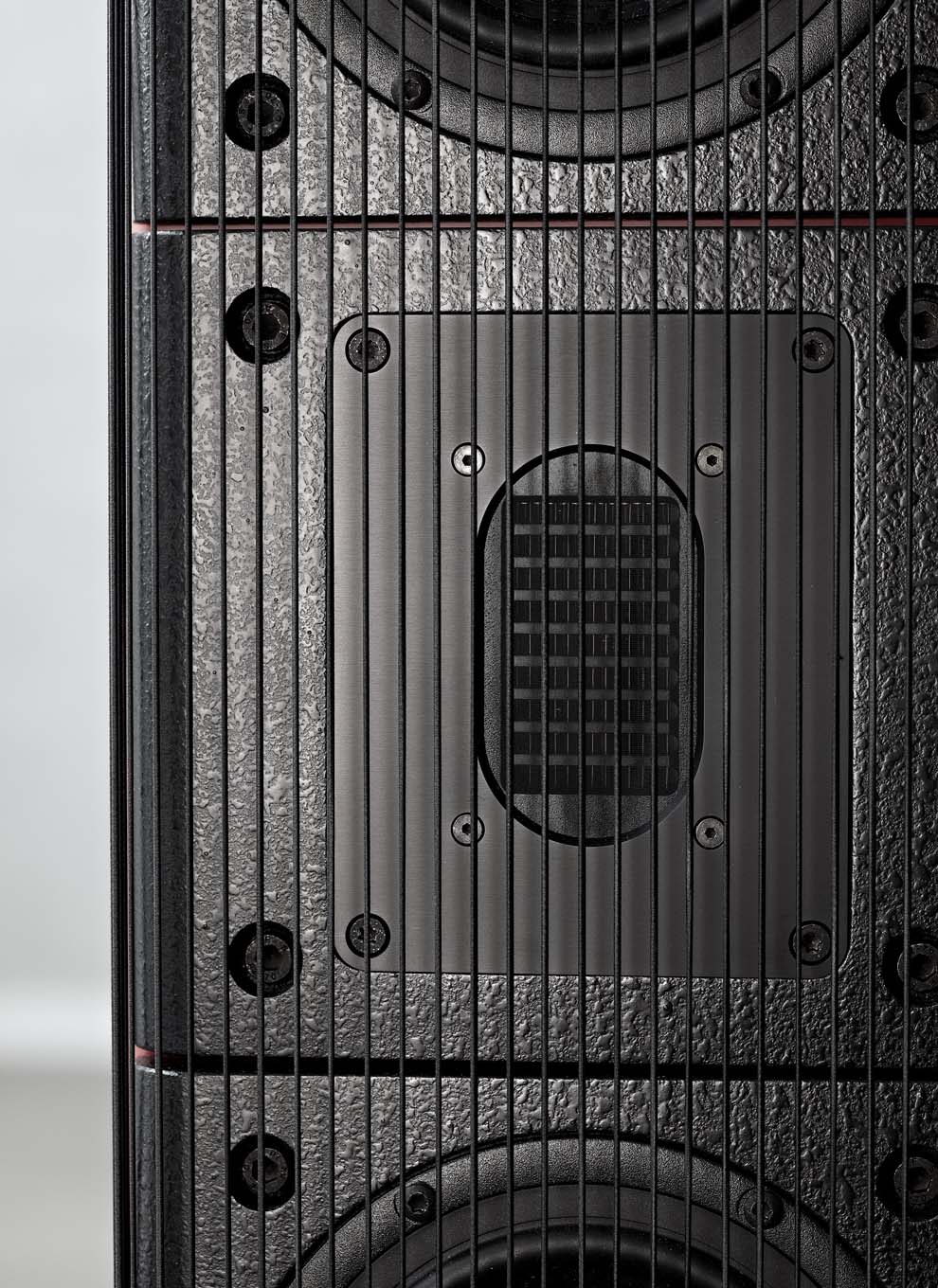
Invented the transistor 12 years ahead of time
A lesser-known invention by Oskar Heil is the so-called Field Effect Transistor (FET). The FET is a special type of transistor used in amplifier stages where particularly low noise is needed.
Already in 1935, Oskar Heil filed a patent on the technology in a FET-transistor. This is interesting, as the first bipolar transistor first saw the light of day in the Bell laboratory in 1947 – and later earned its inventors a Nobel Prize.
Although Oskar Heil can thus be said to have invented the transistor 12 years before the Americans – and even in a technologically more advanced version than the one constructed at Bell in 1947 – there is no proof, however, that he also developed a working prototype of it in 1934.
The FET transistor was not realised until 1960, after the expiration of Heil’s patent. Today, however, it is everywhere. In addition to low-noise amplifiers for super-low signal strengths, FETs are used in CMOS-type integrated circuits, which are the cornerstone of all computing equipment today.
Microwaves and radar
At the same time as the FET transistor, Oskar Heil was also working on a radio valve in 1935. Designed for amplification in microwave transmitters, the Heil tube worked by combining a stream of electrons into a concentrated beam. Oskar Heil developed the valve together with his wife, Agnesa Arsenjewa, who like him was a prominent microwave scientist.
The Heil valve was crucial to the development of radar and formed the basis for the development of the radar valves that were later used. So, although it is not used in today’s radars, it can be said that Oskar Heil and his wife were instrumental in making radar – and therefore commercial aviation – a reality today. And micro-ovens as well. In fact, the heating effect of microwaves was discovered by an American radar engineer, Percy Spencer, who noticed in 1945 that a chocolate bar he was carrying in his pocket had melted.
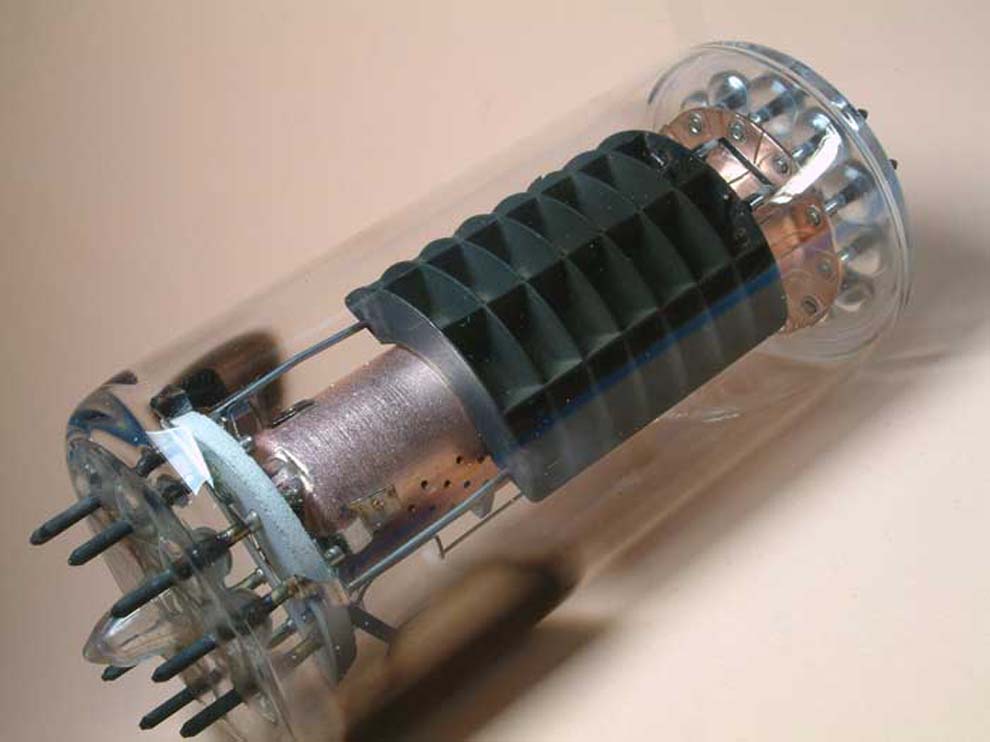
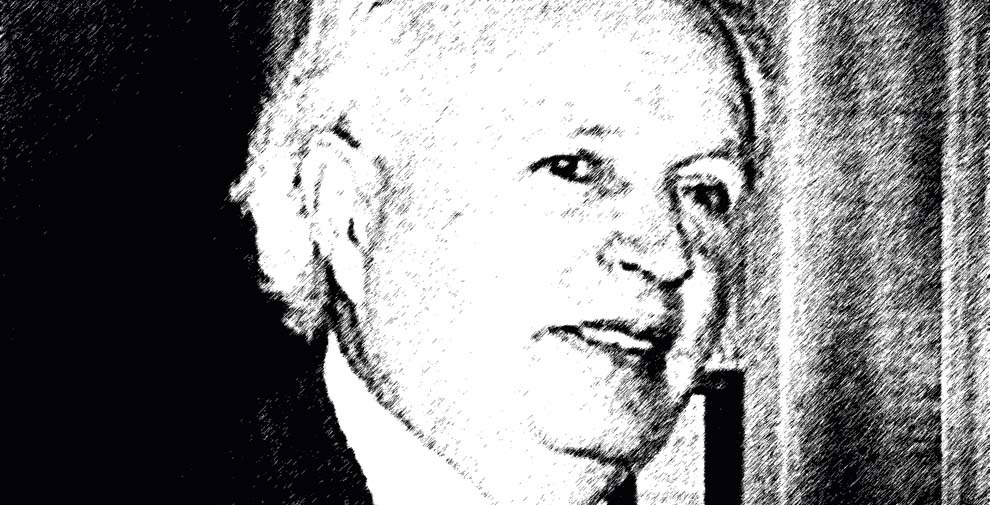

I remember seeing and listening to the Heil Full Range speaker at a audio show in San Francisco in the late 70s….as with most of the exhibits there the display rooms didn’t do these speakers justice! As such and I wasn’t too impressed….to my ears it was the same as the other ESS Heil speakers ….too much treble and sluggish bass! Those ESS speakers would have benefited with smaller and faster responding woofers in a multi driver design such as used today in many speakers that incorporate a air motion tweeter.